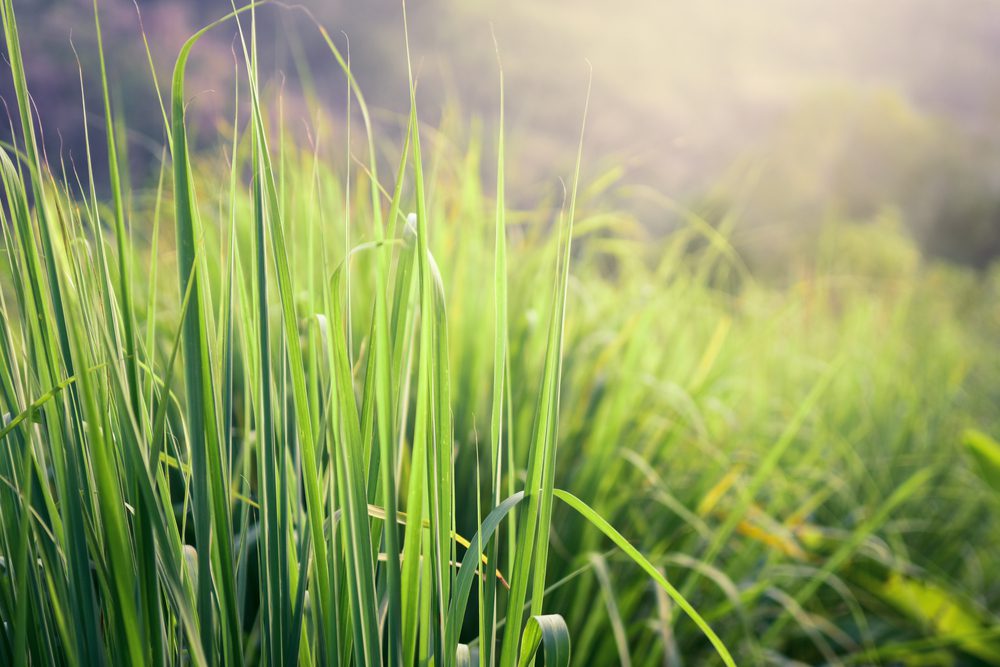
What EXACTLY is lemongrass?
Lemongrass, a.k.a. Citronella grass, goes by the Latin name Cymbopogon citratus. It likely originated in Malaysia or Sri Lanka, though it isn’t known in the wild.
This is a tropical, evergreen perennial grass that’s generally cultivated outdoors in the subtropics, tropics, and warmer temperate climate areas. It has also become increasingly popular for growing in containers in colder climates.
When it’s grown in good conditions, this plant can reach a size of 5 feet high and 5 feet wide. But, of course, when grown in containers, it’s not likely to get that big.
Another vital thing to keep in mind is that lemongrass is a plant that requires as much warmth and sun as possible.
And for the most optimal benefits of growing lemongrass, it grows at its best at temperatures between 75 and 86 degrees Fahrenheit, though it can tolerate temperatures down to about 64 degrees.
Be Aware: it CAN be destroyed by temperatures lower than 50 degrees. It also won’t tolerate shade. And whether you grow it in the garden or in a container, it will need a free-draining space to grow in. It doesn’t like having “wet feet.”





